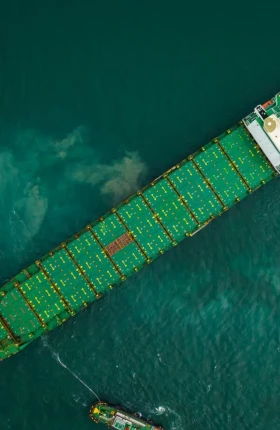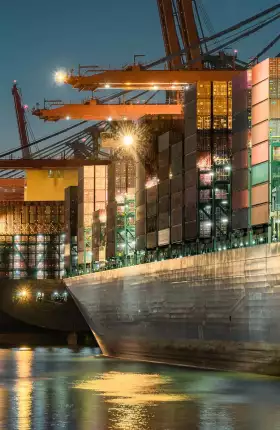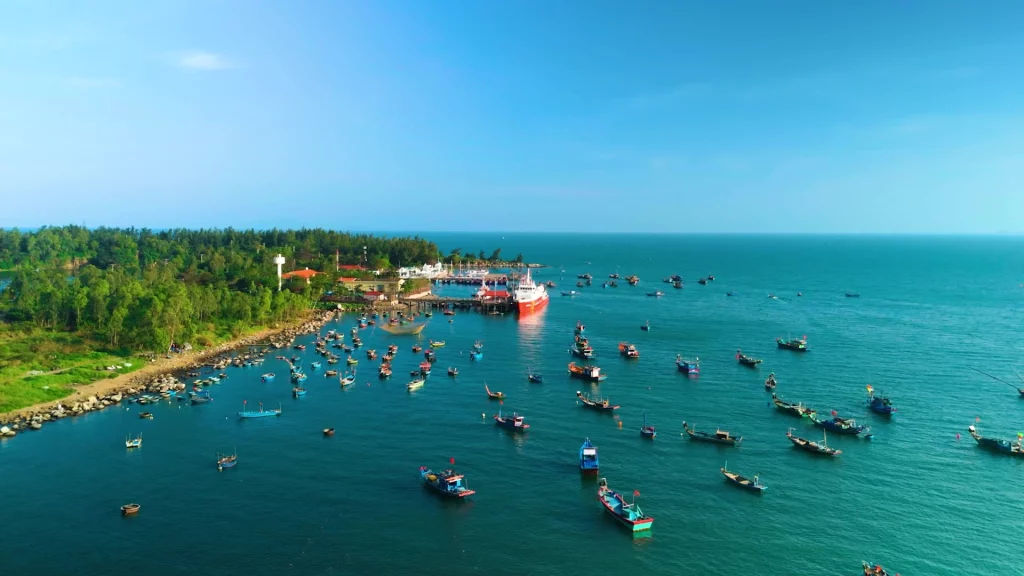Our Approach to Maritime Consulting
BCG’s proprietary Shipping Benchmark Initiative provides the most comprehensive and reliable benchmarks in the shipping industry, delivering the data-driven insights companies need to get ahead in the volatile world of global shipping. Armed with this knowledge, companies are better prepared to tackle today’s most pressing industry challenges, including direct and indirect emissions, operational cost digitalization, and global trade disruptions.
To extend our reach in shaping the global agenda, BCG has joined forces with the following key knowledge partners. These collaborations are accelerating decarbonization of the marine industry and driving progress toward net zero.
- The Mærsk Mc-Kinney Møller Center for Zero Carbon Shipping
- The Global Centre for Maritime Decarbonisation
- World Economic Forum
- COP
- Science Based Targets Initiative
- Terminal Industry Committee 4.0
Our Client Impact on Shipping Strategy
Our Shipping Industry Tools and Solutions
Shipping Benchmark Initiative
Container Demand and Supply Forecaster
Transportation and Logistics Market Insight Tool
Digital Ports Benchmarking
Digital Ports Benchmarking
Our ESG Playbook for Shipping Decarbonization
Our Partnership Supporting the Shipping Industry
Explore Our Insights on the Shipping Industry





Meet Our Shipping Consultants










